Do you have a preschool-age child at home?
Are you searching for books to help build language skills?
Do you have some tried-and-true options, but are you looking for more?
I love using books and other literacy activities in my speech therapy sessions.
Why do I love reading books in speech therapy sessions? Books are fun. Books are supported by research as being an effective tool to build speech and language skills. There are many more reasons I love books, but those are my top two. This post will focus on books I use to build language skills in my clinic. I’ll list a few of my favorites and let you know what books are on my wish list!
If you are interested in helping your children learn sounds (articulation skills), check out my previous post on books I use to work on the /s/ sound.
If I use books in my clinic, I get a lot of use out of them. If you are a parent, it is likely you know just what I’m talking about. Sometimes, you get just plain tired of a book you’ve read over and over. I tend to “retire” (give to Goodwill or box up for later) books I don’t often use and add new books to my collection several times a year to give myself (and my clients) a refresh. However, some books stick with me through all the changes. These are books I use for a variety of ages and goals, and these books are my gold standard. Read on for the books I’m really enjoying lately and keep coming back to!
Building Language: Favorite Preschool Books (My List)
Remember (and I’ll make this short because I say it often), the most important tool to help your child build his or her language skills is you. Talk about the pictures. Make animal noises or surprise sounds while you read a book. Make the reading experience fun. As you read, model language. As long as you are talking and having fun while you read the book, your home practice will be a success. It doesn’t matter which book you choose!
Dear Zoo, by Rod Campbell (A Lift-The-Flap Book)
In this book, the narrator writes to the zoo to ask for a pet. He gets sent a variety of different animals (you can lift the flaps to see what they send), but they end up being too big, too tall, or too fierce. The book has a happy ending because the narrator is (finally) sent the perfect pet.
You can find this book on Amazon here.
Moo, Baa, La La La!, by Sandra Boynton
This book has expressive drawings of animals with animal noises on each page. This book is good for younger children who are naming animals and animal sounds. For this book, after reading it a few times, your child may “read” (as in, remember the words) it with you!
You can find this book on Amazon here.
On My Wish List
There are a few books I’m hoping to add to my collection in this category, so I thought I’d list them here. They both look like great choices!
Little Blue Truck, by Alice Schertle
This book expands on animal noises and introduces a lovable character – a blue truck that says “beep.” The rhyming in this book is engaging, and I’ve heard adults and children alike find themselves going back to this book!
You can find this book on Amazon here.
Giraffes Can’t Dance, by Giles Andreae
In this book, the main character really wants to dance. He finds it difficult to do so with his long legs (as he seems to buckle at the knees). The writing in this book is engaging, and you can’t help but love the giraffe, who just really, really wants to dance.
You can find this book on Amazon here.
Will I Like the Book?
If you want to check out these books, I suggest clicking on “listen” on the Amazon link to see if this might be a book you’d like to check out at the library, borrow from a friend, or buy. Also, you can look on You Tube to watch a video of someone reading the book to see if it turns out to be one you like.
If you’ve got a book you love reading with an early preschool age child, let me know! I’m always on the lookout for more books to read with my clients.








